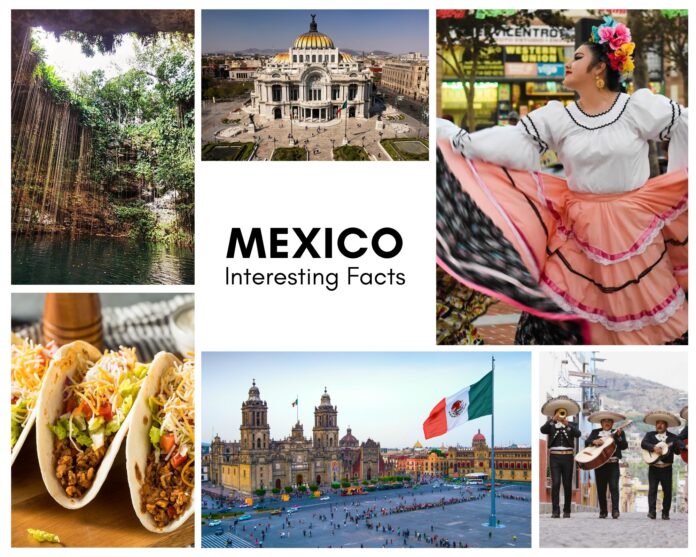Chewing gum was invented in Mexico.
As you reach for another stick of chewing gum, have you ever wondered about its origin? Well, you may not be aware that this universal product originated right here in the Maya World. Yes, that’s right, the white sap of the chicozapote tree (Manilkara zapote) is the natural raw material for chewing gum or chicle. chewing gum has been around on this continent for hundreds of years in the form of chicle, a resin extracted from the sapodilla tree in southern Mexico and Central America. The resin is the tree’s equivalent of a natural Band-aid, meant to form a protective layer over cuts in the bark. https://www.royalresorts.com/blog/cancun/chicle-mayan-chewing-gum/
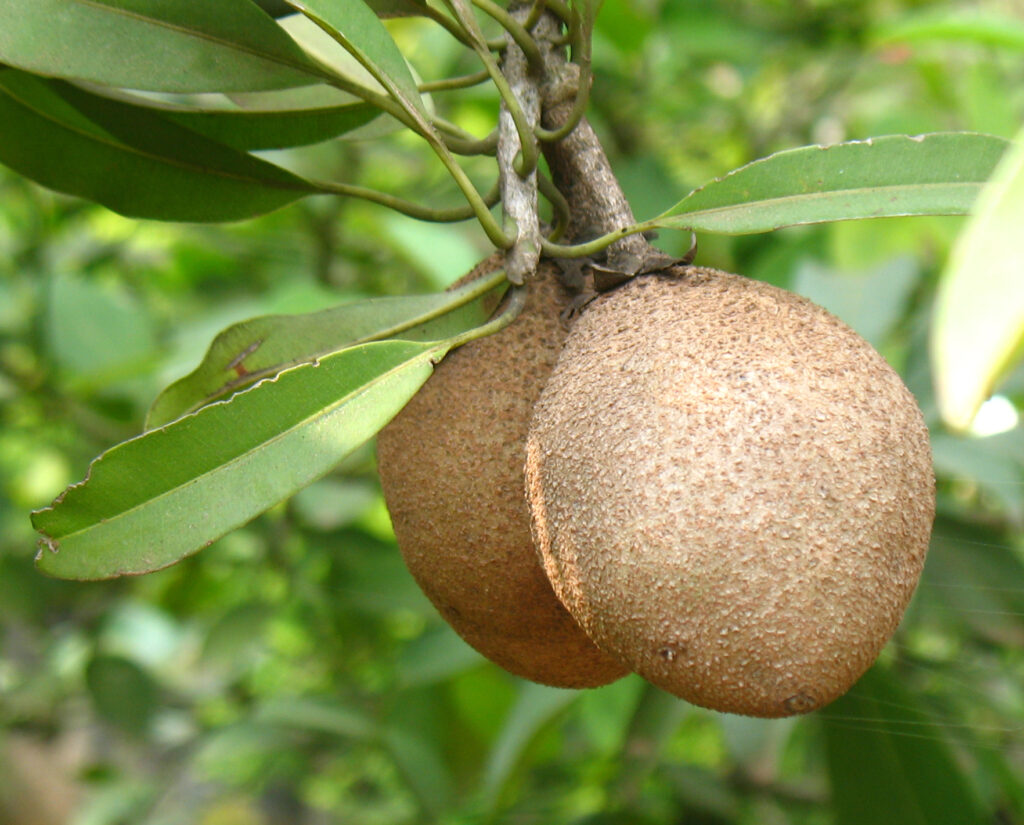
Cocoa is Mexican origin and was so valuable that it was used as currency
Cacao is the raw, unprocessed version of cocoa. Both can benefit your health, but it’s best to stick to either the raw version, cacao, or a chocolate product that has a high chocolate liquor content. Raw cacao can take some getting used to. It tastes a little different than cocoa products and can be slightly bitter. They are the basis of chocolate and Mesoamerican foods including tejate, an indigenous Mexican drink.

Tenochtitlán was built on a lake
https://es.wikipedia.org/wiki/México-Tenochtitlan
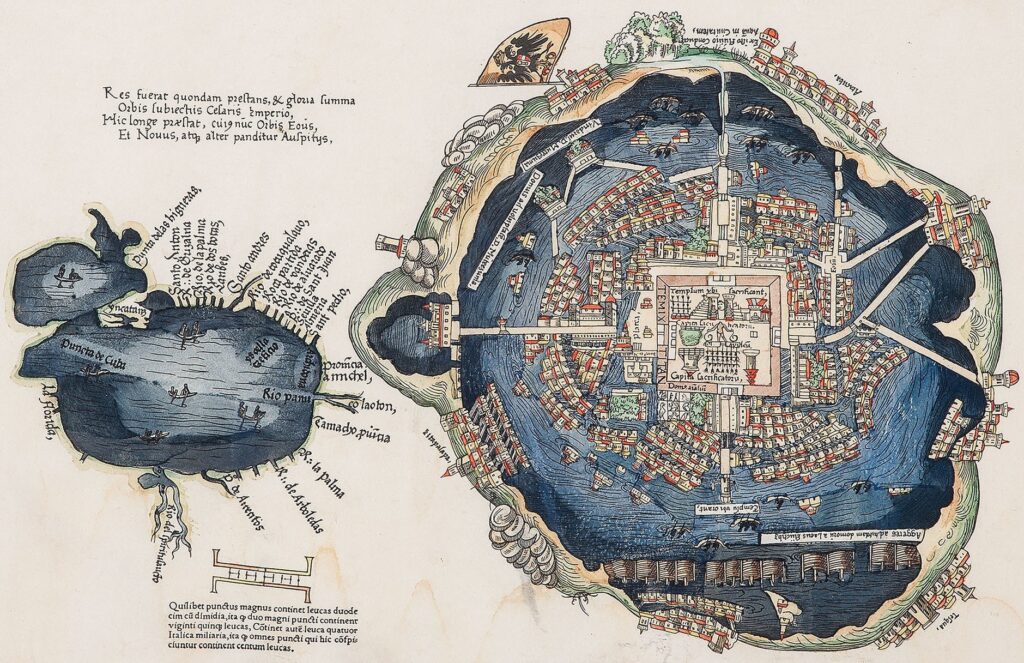
The Mariachi is a World Cultural Heritage
Mariachi is an ensemble of musicians that typically play ranchera, the regional Mexican music dating back to at least the 18th century, evolving over time in the countryside of various regions of western Mexico.
The Mayans used cenotes as sacred sanctuaries
A cenote is a natural pit, or sinkhole, resulting when a collapse of limestone bedrock exposes groundwater. The term originated on the Yucatán Peninsula of Mexico, where the ancient Maya commonly used cenotes for water supplies, and occasionally for sacrificial offerings.
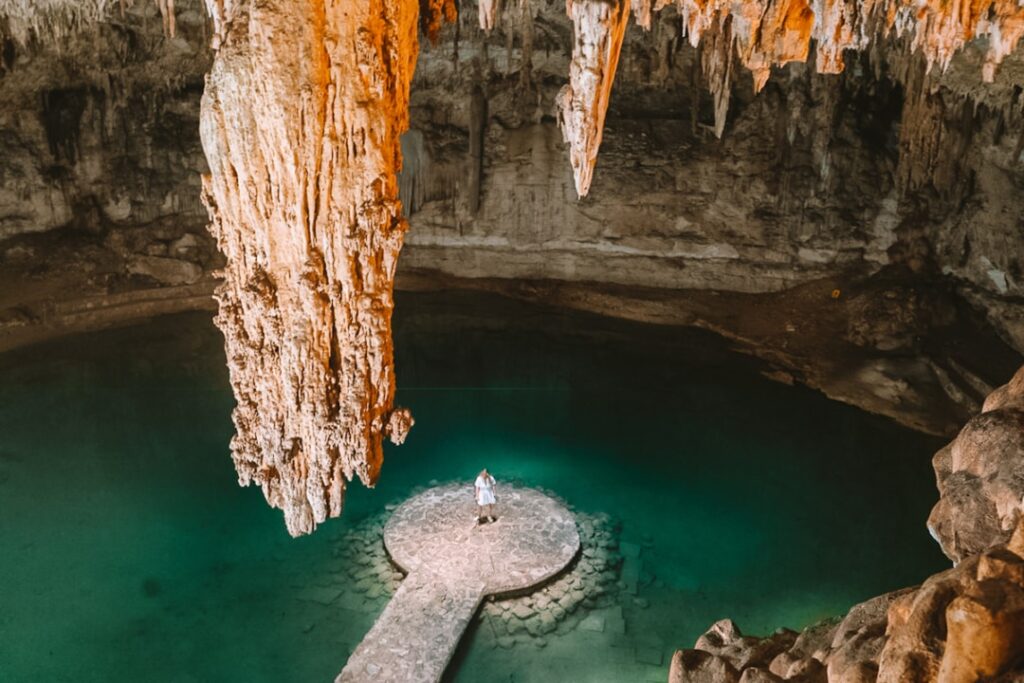
Frida Kahlo was the first Mexican woman to appear on a US postage stamp
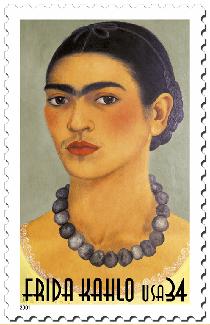
UNAM is the largest university in Latin America
The National Autonomous University of Mexico (Spanish: Universidad Nacional Autónoma de México, UNAM), is a public research university in Mexico. It has several campuses in Mexico City, and many others in various locations across Mexico, as well as a presence in nine countries. It also has 34 research institutes, 26 museums, and 18 historic sites.
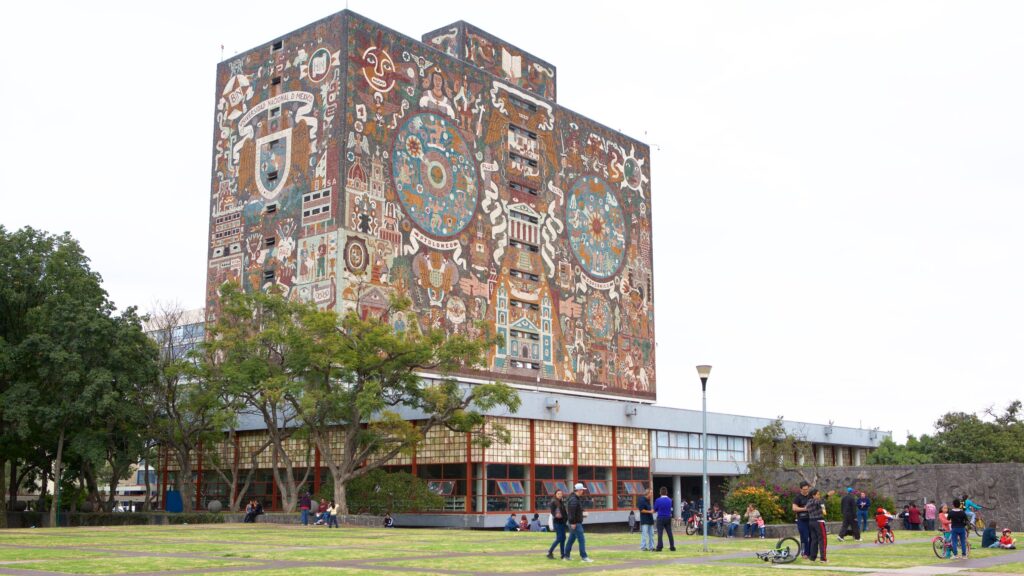
The The first elevator in Latin America was in Mexico
Ubicado en el corazón del puerto de Veracruz, justo en Los Portales, uno de los sitios más tradicionales para los turistas, se encuentra el Hotel Imperial, en donde pocos saben que existe un tesoro de la historia local: el elevador más antiguo del país que sigue en funcionamiento.
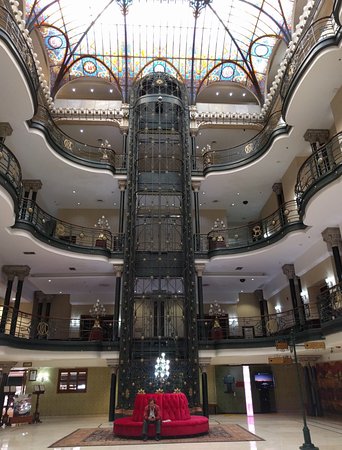
The first color television broadcast was made in Mexico
Guillermo González Camarena (17 February 1917 – 18 April 1965) was a Mexican electrical engineer who was the inventor of a color-wheel type of color television.

The symbol on the Mexican flag is based on an ancient Aztec legend.
The symbolism behind the Mexican flag eagle It goes back to an Aztec legend that foretold the founding of Tenochtitlan, the capital of the Aztec Empire. In ancient times, the gods told the Aztecs that they would find the perfect place to build their city when they saw an eagle on a cactus, eating a serpent.
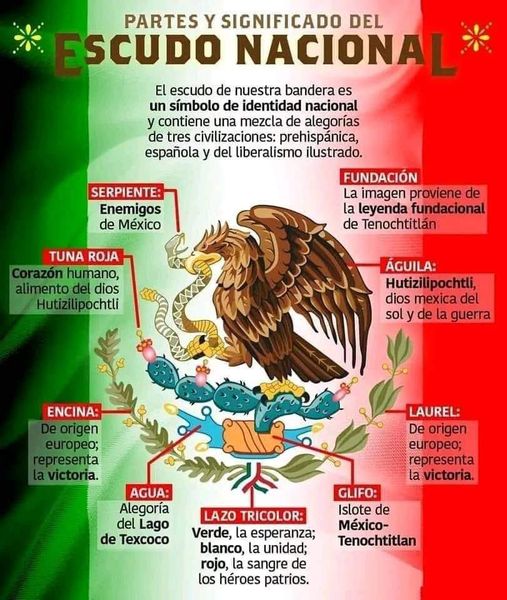
Hernán Cortés ordered his own ships sunk
The Spanish conquest of the Aztec Empire was a pivotal event in the history of the Americas, marked by the collision of the Aztec Triple Alliance and the Spanish Empire, ultimately reshaping the course of human history. Taking place between 1519 and 1521, this event saw the Spanish conquistador Hernán Cortés, and his small army of European soldiers and numerous indigenous allies, overthrowing one of the most powerful empires in Mesoamerica.
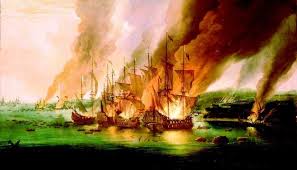
The Aztec calendar is more than 500 years old
The Aztec or Mexica calendar is the calendrical system used by the Aztecs as well as other Pre-Columbian peoples of central Mexico. It is one of the Mesoamerican calendars, sharing the basic structure of calendars from throughout the region.
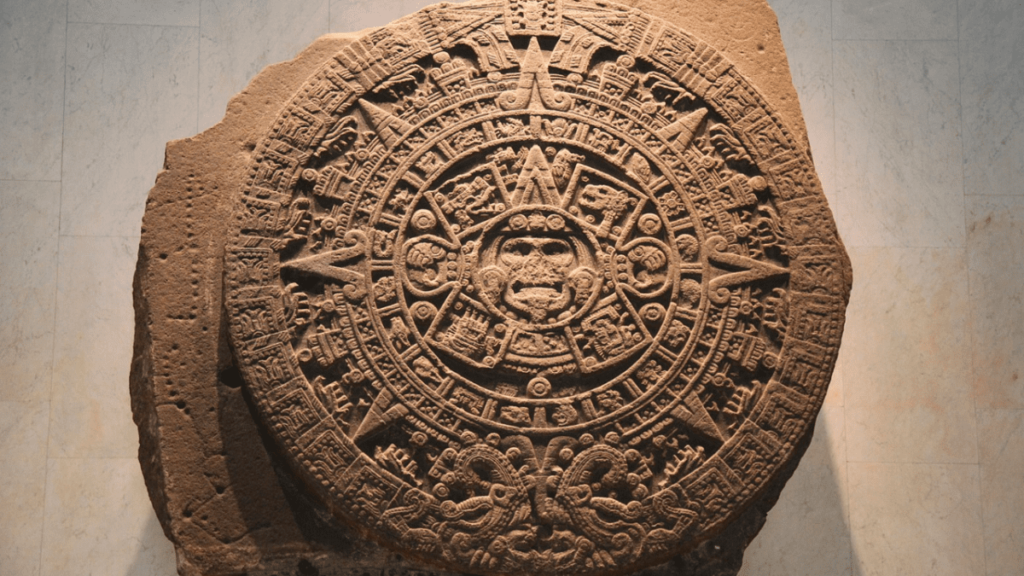
The famous painter Diego Rivera helped rescue pre-Hispanic murals
Diego Rivera December 8, 1886 – November 24, 1957) was a prominent Mexican painter. His large frescoes helped establish the mural movement in Mexican and international art.
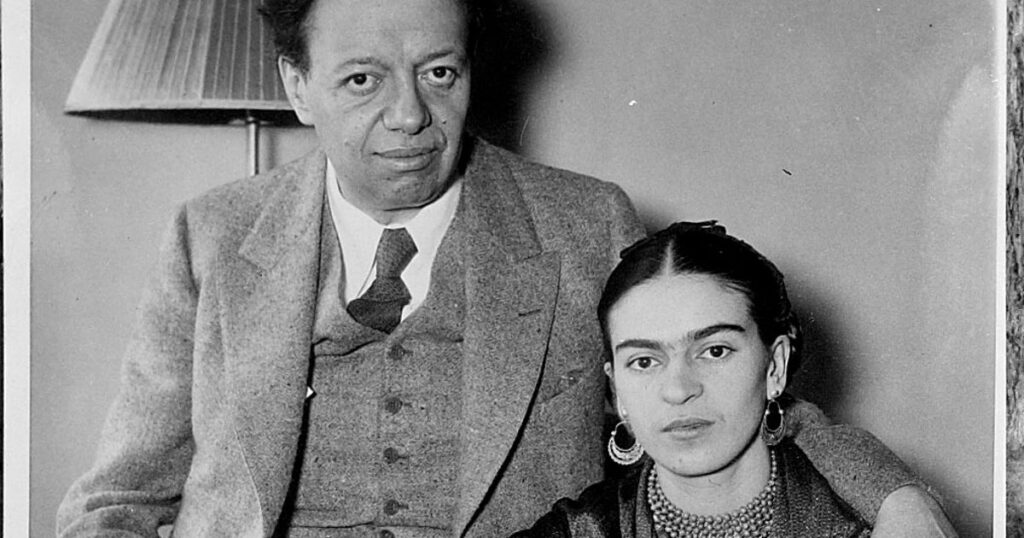
Tequila is originally from Jalisco and has a designation of origin
30 Years Tequila Quality Regulatory Council https://promovisionpv.com/30-years-tequila-quality-regulatory-council/
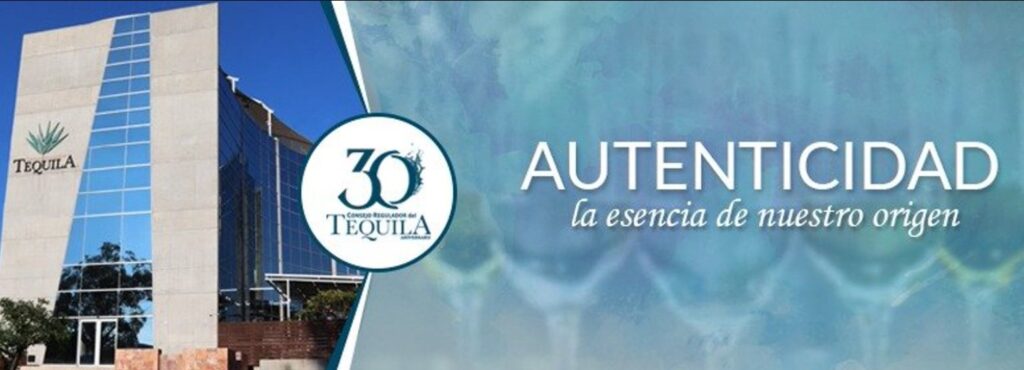
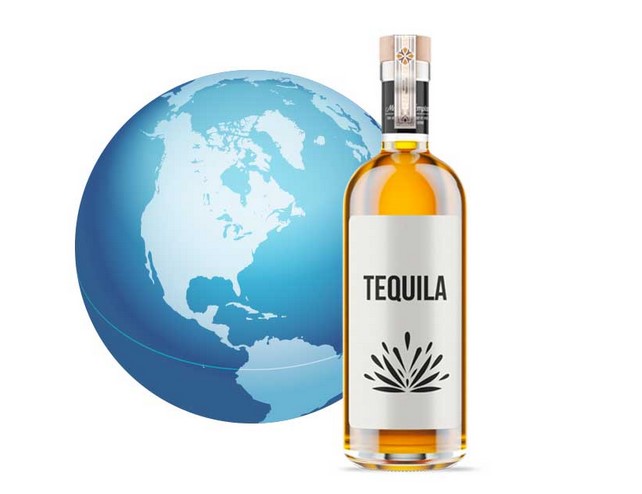
Sor Juana Inés de la Cruz defended women’s rights in the 17th century
Throughout history Sor Juana’s significance to different communities has varied significantly, having been presented as a candidate for Catholic sainthood, a symbol of Mexican nationalism, freedom of speech, women’s rights, sexual diversity, and others, making her a figure of great controversy and debate to this day.
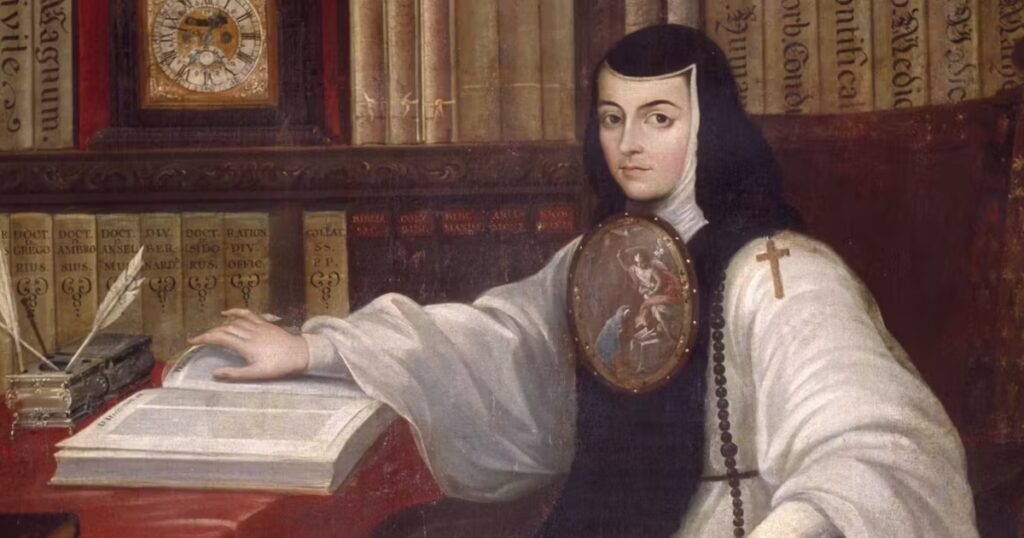
Mexico was the first country Latin American to participate in the modern Olympic Games. The 1968 Olympics in Mexico City were the first held in Latin America and led to Mexico hosting many sports competitions afterwards. Mexico first participated at the Olympic Games in 1900 and has sent athletes to compete in every Summer Olympic Games since 1924. Mexico has also participated in several Winter Olympic Games since 1928, though has not yet won any medals in the Winter Olympics. https://en.wikipedia.org/wiki/Mexico_at_the_Olympics

In the War of Independence, Miguel Hidalgo never said “Long live Mexico!” in the Grito. On September 16, 1810—the date now celebrated as Mexican Independence Day—Hidalgo issued the “Grito de Dolores” (“Cry of Dolores”), calling for the end of Spanish rule, for racial equality, and for redistribution of land. The speech effectively launched the Mexican War of Independence (1810–21). there was a unanimous cry, ‘We will defend to the utmost! Long live religion, long live our most holy mother of Guadalupe! Long live America! Death to bad government, and death to the Gachupines!’ https://en.wikipedia.org/wiki/Cry_of_Dolores
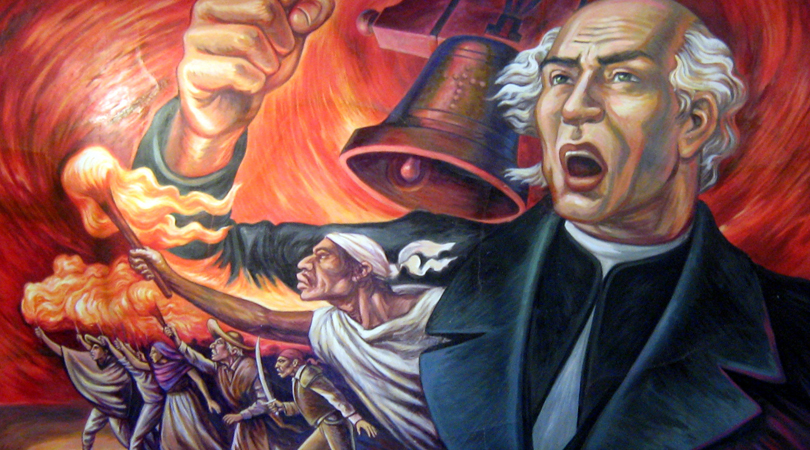
Chichén Itzá is one of the 7 wonders of the modern world
Chichén Itzá traditional Yucatec Maya. Yucatec Maya pronunciation was a large pre-Columbian city built by the Maya people of the Terminal Classic period. The archeological site is located in Tinúm Municipality, Yucatán State, Mexico.
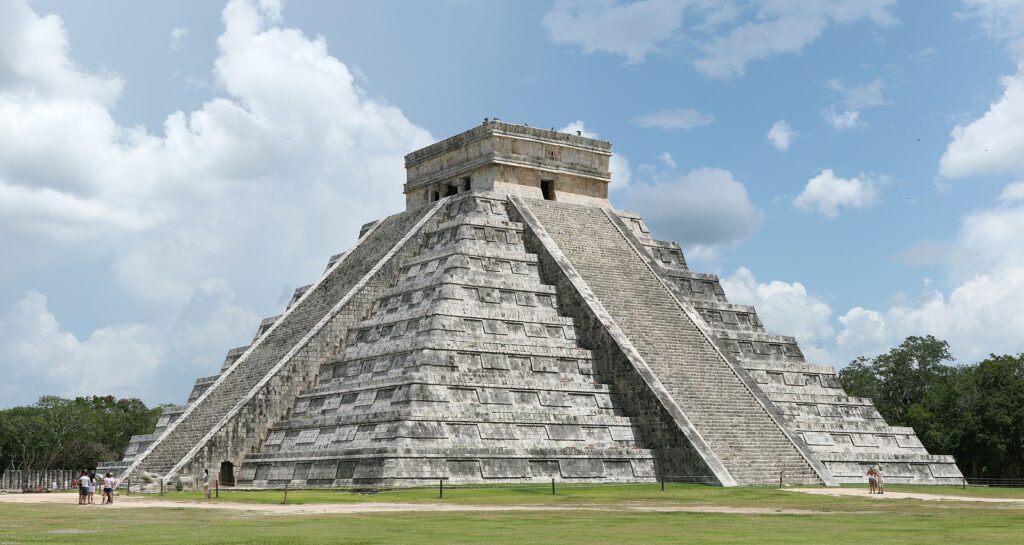
The Mexican Revolution is the first social revolution of the 20th century
The Mexican Revolution, which began on November 20, 1910, and continued for a decade, is recognized as the first major political, social, and cultural revolution of the 20th century. https://edsitement.neh.gov/closer-readings/mexican-revolution-november-20th-1910
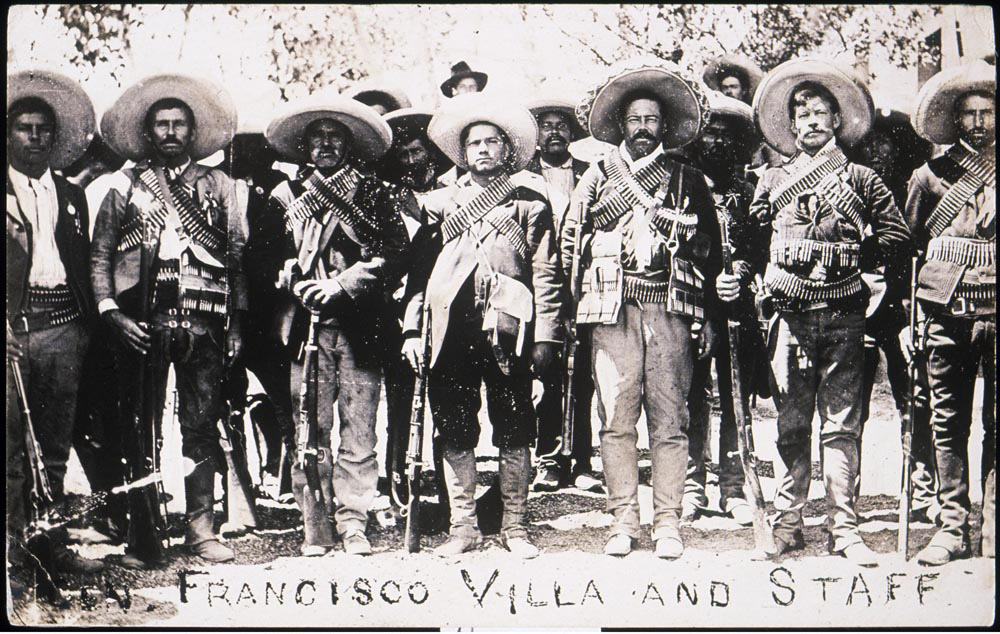
Mexico is the country with the most World Heritage Sites in America
As of 2024, there are 25 World Heritage Sites in Mexico, including twenty-seven cultural sites, six natural sites and two mixed sites. The country ranks first in the Americas and seventh worldwide by number of Heritage sites. Mexico’s first six sites, Sian Ka’an, Pre-Hispanic City and National Park of Palenque, Historic Centre of Mexico City and Xochimilco, Pre-Hispanic City of Teotihuacan, Historic Centre of Oaxaca and Archaeological site of Monte Albán, and Historic Centre of Puebla, were inscribed on the list at the 11th Session
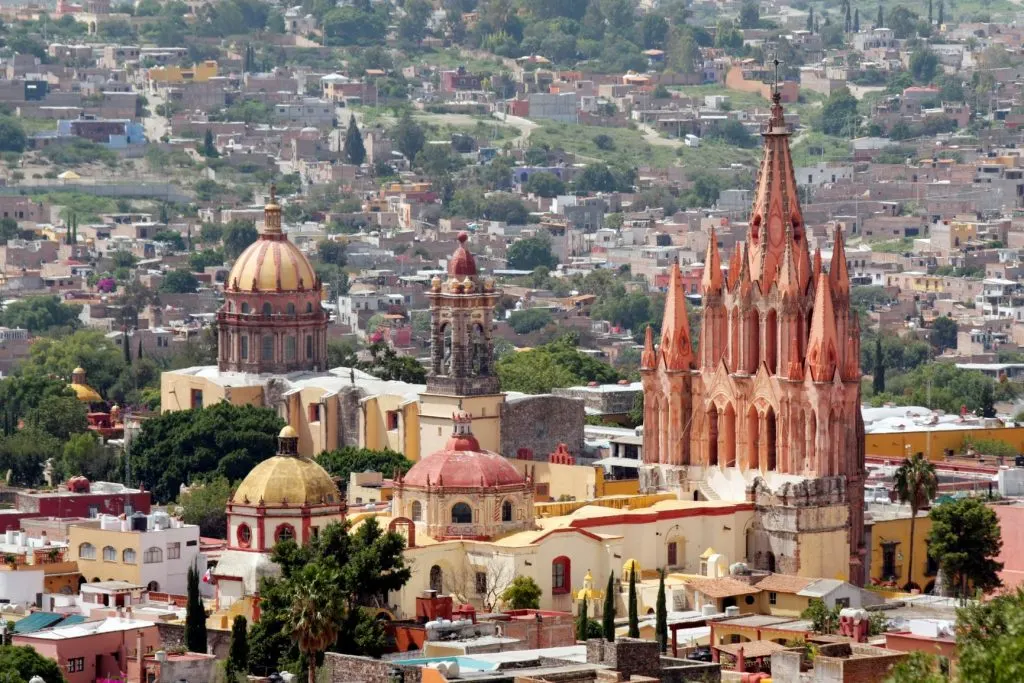
The Caesar Salad is a Mexican creation.
Caesar salad was invented in the early 1920s by Caesar Cardini, an Italian chef who owned a restaurant in Tijuana, Mexico. He moved to Tijuana from California to avoid Prohibition, and it was here, on July 4th, 1924, where Caesar is believed to have invented the Caesar Salad.
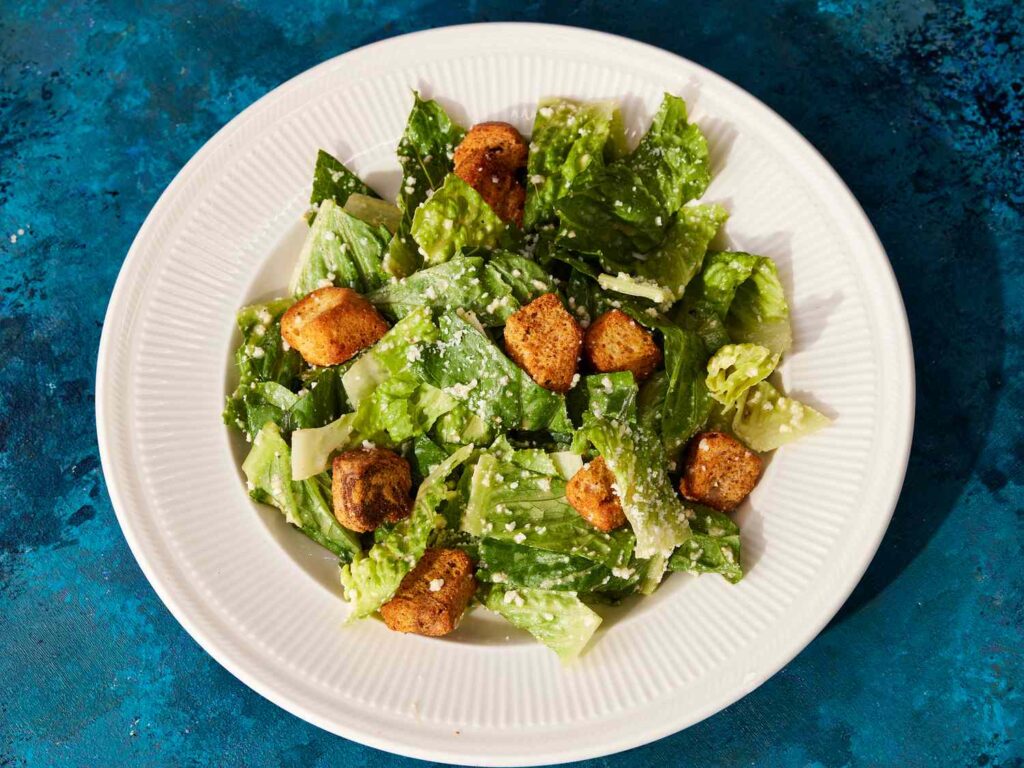
Japaneese Peanuts are not from Japan but are a Mexican creation.
Many of the people I saw eating them did so with lime juice and hot sauce. Some years ago, a writer for the newspaper El Universal addressed this question in a very succinct way: “The Japanese peanut is Mexican.” It was invented in Mexico City by Yoshigei Nakatani in 1945. So, yes, it is Mexican.
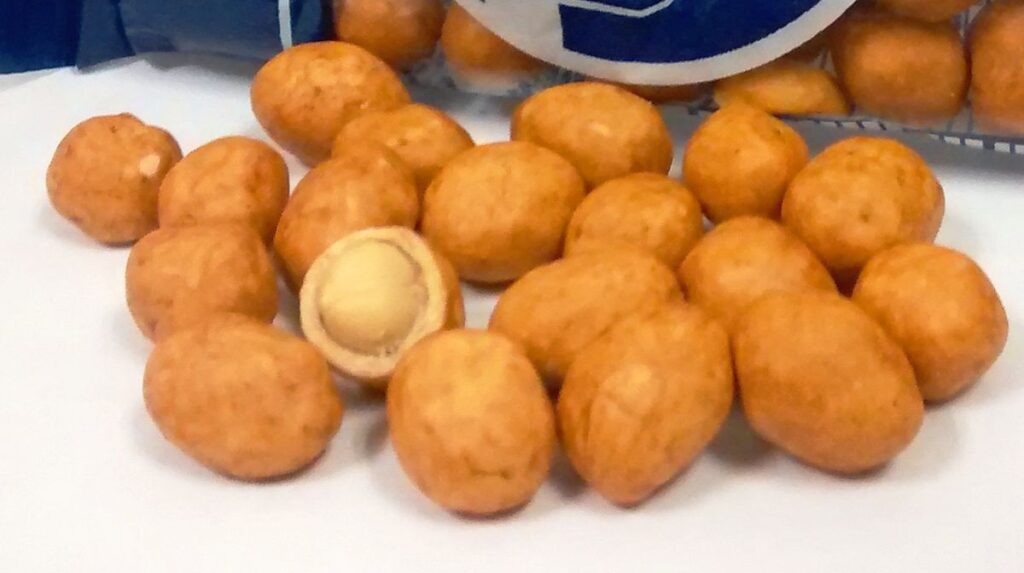
List of Mexican inventions and discoveries
Mexican inventions and discoveries are objects, processes or techniques invented or discovered, partially or entirely, by a person from Mexico. These also include concepts or practices introduced by Mexican people and their indigenous ancestors. Some of the objects, processes or techniques developed in the Pre-Columbian era were also invented or discovered independently in other cultures. This list shows only inventions and discoveries first introduced in present-day Mexican territory, or those that vary significantly in concept, figure, or use. https://en.wikipedia.org/wiki/List_of_Mexican_inventions_and_discoveries
Mexican Food & Gastronomy Puerto Vallarta https://promovisionpv.com/mexican-food-gastronomy-puerto-vallarta/
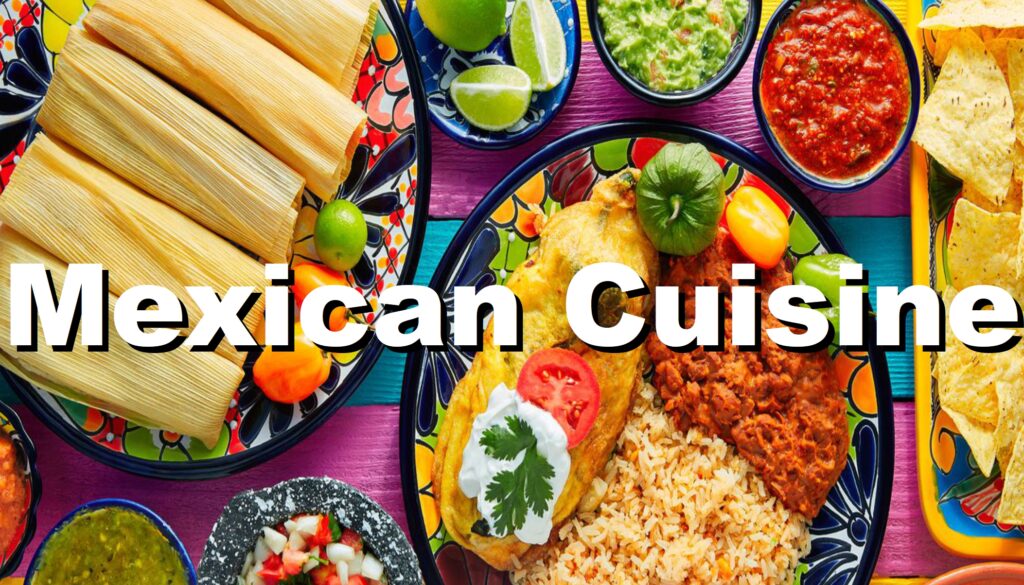
What is Raicilla? Jalisco Denomination of Origin Drink. Travel Video Puerto Vallarta https://promovisionpv.com/what-is-raicilla-jalisco-denomination-of-origin-drink-travel-video-puerto-vallarta/
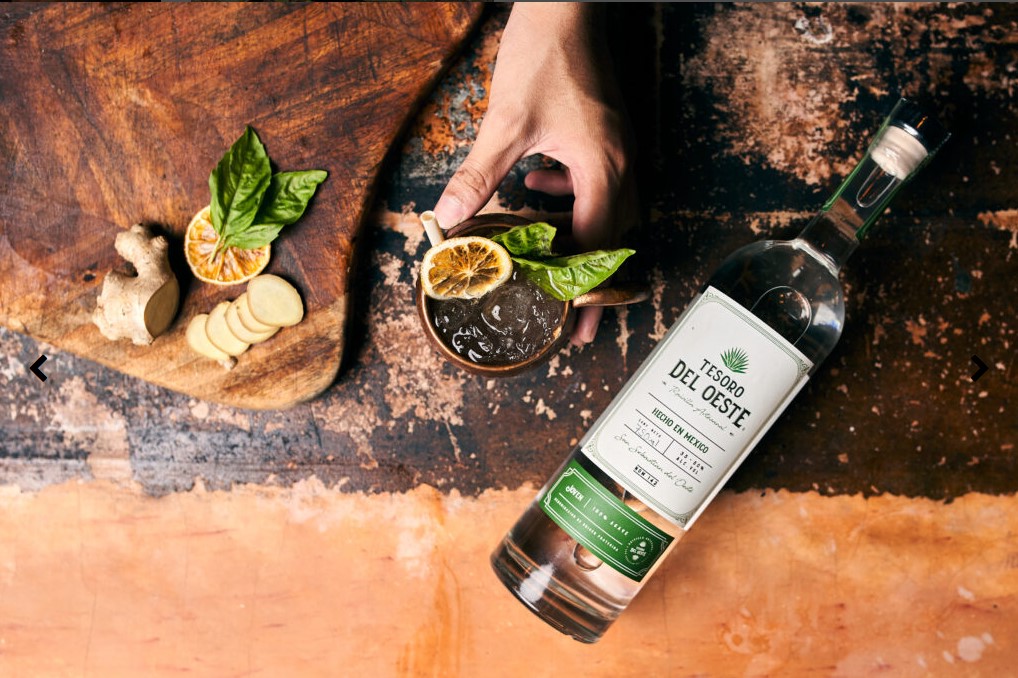
We provide information and resources for visitors to Puerto Vallarta, areas of The Riviera Nayarit and other destinations in both states of Jalisco and Nayarit . You will find variety of content, including articles, blog posts, videos, photos, descriptions and interviews, all of which are designed to help visitors plan their trip, including attractions, restaurants, and events. https://promovisionpv.com/ 500+ pages.

Visit and Subscribe to our YouTube Channel for more Puerto Vallarta – Riviera Nayarit 220+ videos: https://www.youtube.com/@promovision/videos
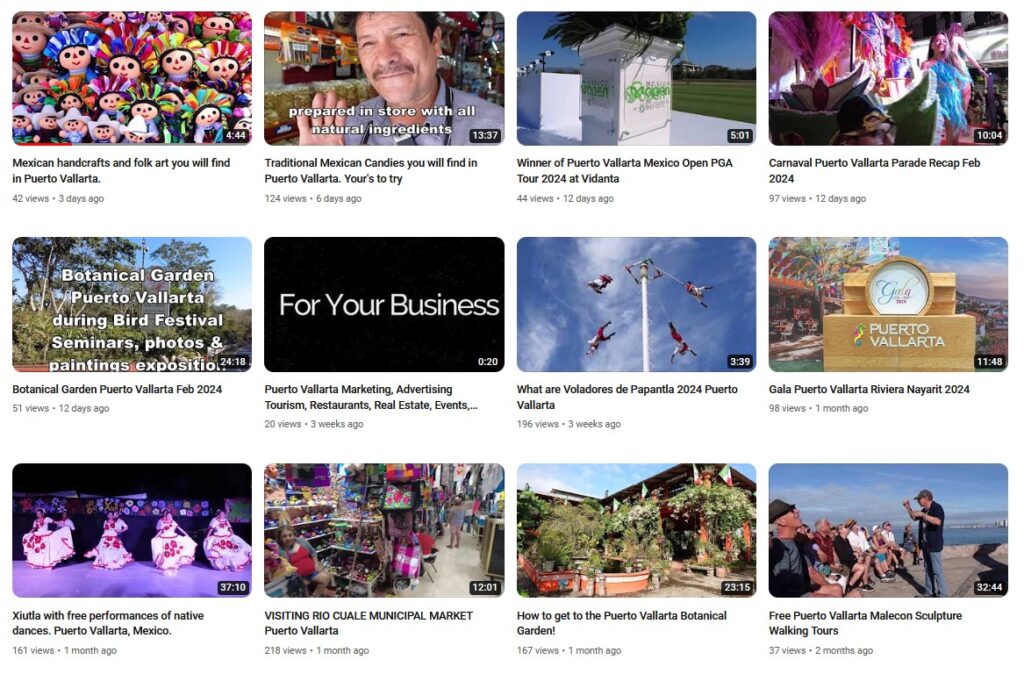
Web site: https://promovisionpv.com
YouTube: https://youtube.com/promovision/videos
Instagram: https://instagram.com/promovisionpv/
LinkedIn: https://www.linkedin.com/in/ray-dion-48861926/
X: https://x.com/promovisionpv
Threads: https://www.threads.net/@promovisionpv
Facebook: https://facebook.com/ray.dion.73
Blue Sky Social: https://bsky.app/profile/promovision.bsky.social
Marketing, Advertising Tourism, Restaurants, Real Estate, Events, Tours, Puerto Vallarta – Riviera Nayarit Marketing, Advertising Tourism, Restaurants, Real Estate, Events, Tours, Puerto Vallarta – Riviera Nayarit https://promovisionpv.com/marketing-advertising-tourism-restaurants-real-estate-events-tours-puerto-vallarta-riviera-nayarit-2/
Puerto Vallarta – Riviera Nayarit Archives 2024 https://promovisionpv.com/puerto-vallarta-nayarit-archives-2024/ Over 500 pages:
Somethings you may not know about Puerto Vallarta, Riviera Nayarit and Mexico
archives puerto vallarta, arts, bucerias, cirque du soleil, costa alegre, culture, destination wedding, events, events schedule, gastronomy, gay pv, gay vallarta, informations, insurance, Jalisco, lgbtq, medical care, mexican food,.Nayarit, news, Nuevo Nayarit, Punta Mita, Rincon de Guayabitos, safety, San Blas, San Pacho, Sayulita, tourism, tours, travel, travel blog, travel guide, travel tips, wedding, youtube videos, attractions, beaches,

